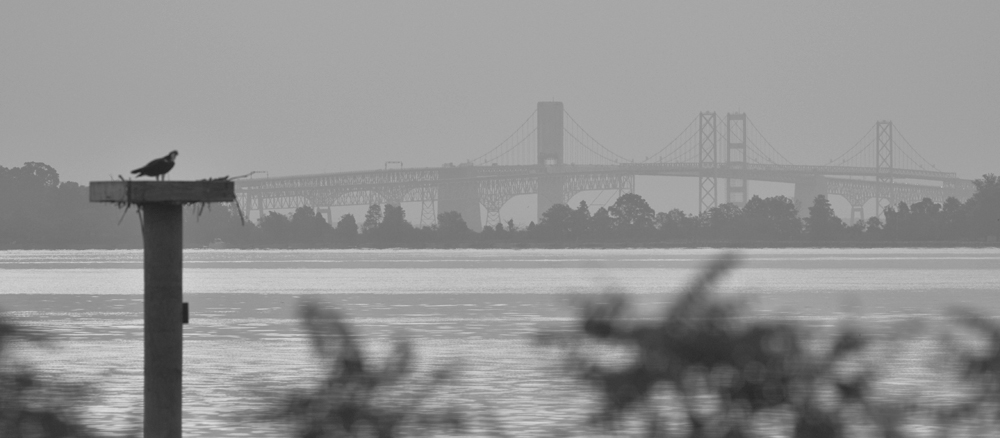It was a little warmer this morning, but somewhat cloudy. Snow was predicted for later, but it seemed worth a trip to Sandy Point to see the duck bonanza.
I was surprised to see much of the ice gone, but a friend suggested the overnight winds had blown it South. It certainly hadn’t melted.
There weren’t nearly as many birds, but they still numbered in the multiple hundreds and provided some good looks, albeit in poor light.

Cornell: The black-and-white Common Goldeneye is one of the last ducks to migrate south in fall. It often will winter as far north as open water permits.

Cornell:Ruddy Ducks are compact, thick-necked waterfowl with seemingly oversized tails that they habitually hold upright. Breeding males are almost cartoonishly bold, with a sky-blue bill, shining white cheek patch, and gleaming chestnut body. They court females by beating their bill against their neck hard enough to create a swirl of bubbles in the water. This widespread duck breeds mostly in the prairie pothole region of North America and winters in wetlands throughout the U.S. and Mexico.

Cornell:A large diving duck, the Canvasback breeds in prairie potholes and winters on ocean bays. Its sloping profile distinguishes it from other ducks.

It’s been a weird year for ducks. I’d have expected to see many Red Breasted Mergansers by now, but I’ve only seen a few. Correction:This is a Common Merganser, a bird we don’t usually see in the bay. The local creeks and rivers are frozen which probably accounts for its presence.













